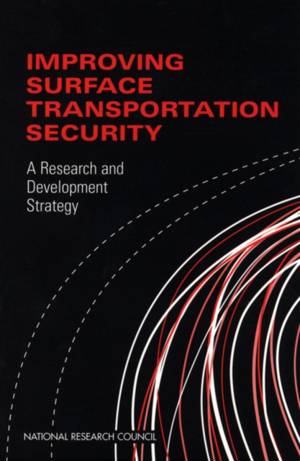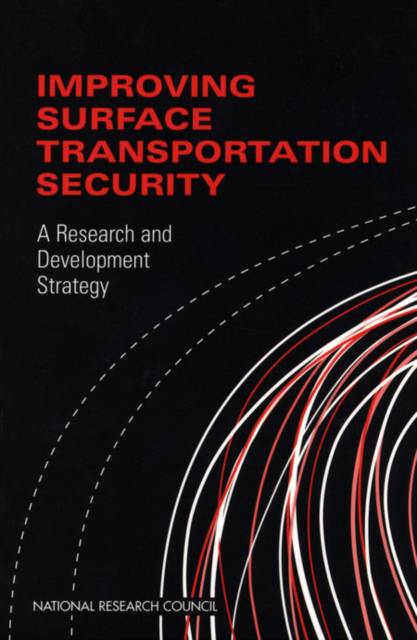
- Afhalen na 1 uur in een winkel met voorraad
- In januari gratis thuislevering in België
- Ruim aanbod met 7 miljoen producten
- Afhalen na 1 uur in een winkel met voorraad
- In januari gratis thuislevering in België
- Ruim aanbod met 7 miljoen producten
Improving Surface Transportation Security
A Research and Development Strategy
National Research Council, Division on Engineering and Physical Sciences, Transportation Research Board, Computer Science and Telecommunications Board, National Materials Advisory Board, Commission on Physical Sciences Mathematics and Applications, Commission on Engineering and Technical Systems, Committee on R&d Strategies to Improve Surface Transportation SeOmschrijving
The surface transportation system is vital to our nation's economy, defense, and quality of life. Because threats against the system have hitherto been perceived as minor, little attention has been paid to its security. But the world is changing, as highlighted by dramatic incidents such as the terrorist chemical attack on the Tokyo subway in 1995. As a consequence, security concerns are now attracting more attention--appropriately so, for the threat is real, and responding to it is hard. Although the surface transportation system is remarkably resilient, it is also open and decentralized, making a security response challenging. Research and development can contribute to that response in important ways.
Some important themes emerge from analysis of this strategy. First, a dual-use approach, in which security objectives are furthered at the same time as other transportation goals, can encourage the implementation of security technologies and processes. Second, modeling could be used more to develop a better understanding of the scope of the security problem. Third, DOT can play an important role in developing and disseminating information about best practices that use existing technologies and processes, including low-technology alternatives. Finally, security should be considered as part of a broader picture, not a wholly new and different problem but one that is similar and closely connected to the transportation community's previous experience in responding to accidents, natural disasters, and hazardous materials.
Specificaties
Betrokkenen
- Auteur(s):
- Uitgeverij:
Inhoud
- Aantal bladzijden:
- 96
- Taal:
- Engels
Eigenschappen
- Productcode (EAN):
- 9780309067768
- Verschijningsdatum:
- 12/11/1999
- Uitvoering:
- Paperback
- Formaat:
- Trade paperback (VS)
- Afmetingen:
- 155 mm x 229 mm
- Gewicht:
- 172 g

Alleen bij Standaard Boekhandel
Beoordelingen
We publiceren alleen reviews die voldoen aan de voorwaarden voor reviews. Bekijk onze voorwaarden voor reviews.









